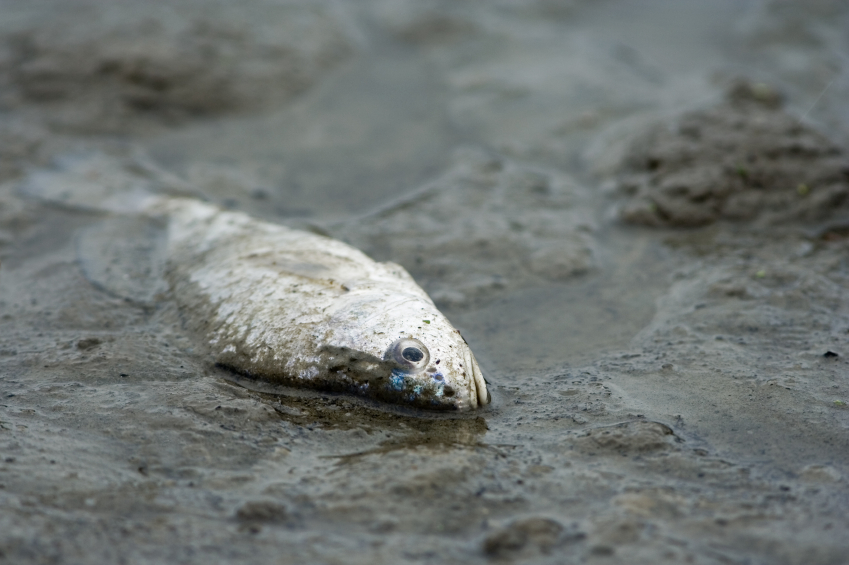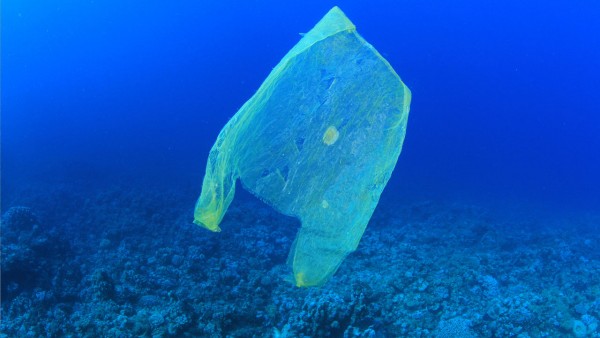Chlorsulfuron — toxicity, side effects, diseases and environmental impacts
11/16/2017 / By Frances Bloomfield

Chlorsulfuron is a sulfonylurea herbicide used to control broad-leaved plants and grass weeds such as hogweed and rough poppy. This chemical works by inhibiting valine and isoleucine biosynthesis, which are natural processes essential to the survival of plants and bacteria. Chlorsulfuron appears as a white, crystalline solid and is typically supplied as a dry, flowable concentrate.
List of known side effects
According to PesticideInfo.org, chlorsulfuron is a urea compound, a type of chemical more known for nitrogen fertilization but also used for pest and weed control. As such, ingesting large amounts of chlorsulfuron can cause urea compound poisoning, the immediate symptoms of which include:
- Confusion
- Coughing
- Diarrhea
- Electrolyte depletion
- Headaches
- Nausea
- Shortness of breath
- Vomiting
Weight loss, protein metabolism disturbances, and moderate emphysema, or shortness of breath caused by over-inflated air lung sacs, come with chronic exposure to chlorsulfuron.
Inhaling chlorsulfuron can lead to respiratory distress. Should coughing or difficulty breathing develop following chlorsulfuron inhalation, then the affected person may be experiencing respiratory tract irritation, bronchitis, or pneumonitis.
Ocular contact with chlorsulfuron can be very dangerous due to the fact that this chemical can cause more severe damage if left untreated or if the affected person is not given the appropriate medical assistance. Irritation, pain, swelling, lacrimation or tearing up, or sensitivity to light may occur.
Heating or exposing chlorsulfuron to high temperatures can cause it to emit noxious, toxic fumes.
Chlorsulfuron is believed to be highly toxic to aquatic life, and can leave behind long-lasting effects on aquatic organisms that came into contact with this chemical.
Body systems affected by chlorsulfuron
Depending on the point of entry, chlorsulfuron can be risky to the digestive system, respiratory tract, skin, and eyes. In fact, chlorsulfuron is considered to be a skin, eye, and respiratory irritant.
Items that can contain chlorsulfuron
Since the introduction of chlorsulfuron in the early ’80s, it’s been marketed under many different names and included in the composition of other commercial herbicides. The most notable of these are:
- Glean
- Lasher
- Master
- Pilargreen
- Trisufron
Furthermore, these manufacturers and suppliers are known to have produced or dealt with chlorsulfuron at one point or another:
- DuPont
- King Tech
- Nufarm
- Pacific Agriscience Pte. Ltd
How to avoid chlorsulfuron
Those who wish to minimize their risk of exposure should avoid purchasing any of the above mentioned herbicides.
If chlorsulfuron is already present in the workplace or home, be sure to store it in an airtight container and in a place free of moisture and high humidity. Ensure that chlorsulfuron is not in the same area as water, food, feeds, fertilizers, herbicides, and seeds to prevent cross contamination. Do not dispose of chlorsulfuron by draining or flushing it; contact the local authorities to determine the best course of action.
Where to learn more
Summary
As a urea compound, chlorsulfuron can cause urea poisoning when ingested. The acute symptoms of this condition include vomiting, diarrhea, electrolyte depletion, and coughing. Chronic exposure can lead to weight loss and moderate emphysema.
As a respiratory, skin, and eye irritant, chlorsulfuron can irritate the respiratory tract, skin, and eyes, and may even cause more serious damage if the appropriate medical treatment is not administered immediately.
Sources include:
PlantPhysiol.org
PesticideInfo.org
ToxNet.NLM.NIH.gov
PubChem.NCBI.NLM.NIH.gov
Sitem.Herts.AC.uk
Rayfull.com
Tagged Under: Chlorsulfuron




















